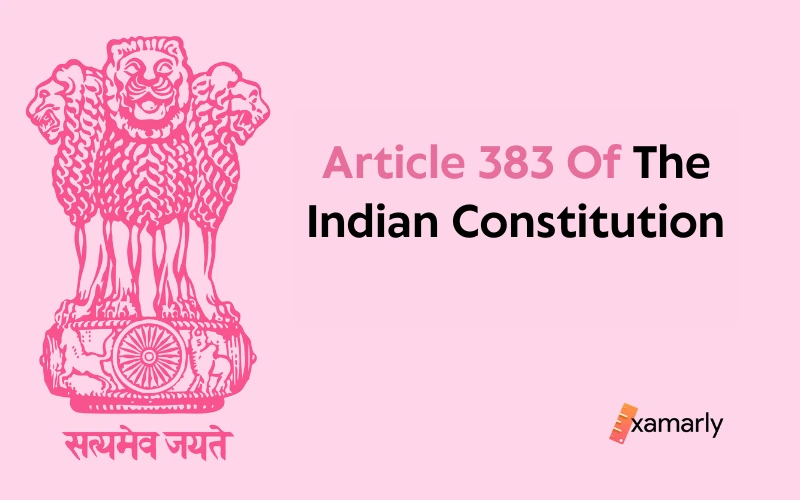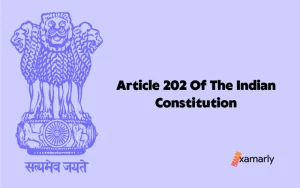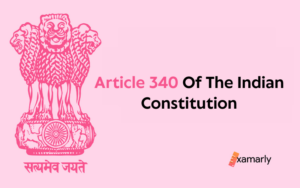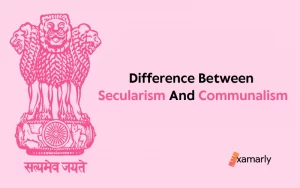Article 383 of the Indian Constitution deals with the provision as to Governors of Provinces.
It was mentioned in Part XII of the Indian Constitution. The “Temporary, Transitional, and Special Provisions” is the name of Part XXI of this Constitution.
What Is Article 383 of the Indian Constitution?
The provisions relating to provincial governors are covered under Article 383 of the Indian Constitution.
The Constitution (Seventh Amendment) Act of 1956 removed this Article from the Constitution.
Relatable Articles:
Winding UP
At the time of independence in 1947, British India had 17 provinces that are governed by Governors. Upon the Partition of British India into the Dominion of India and the Dominion of Pakistan, 11 provinces joined India. In 1950, after the adoption of the new Constitution of India, the provinces in India were replaced and redrawn to be known as states and union territories. The States Reorganisation Act of 1956, which reformed all the states according to their respective languages, also saw the passage of the Constitution (Seventh Amendment) Act.
Thus 7th amendment repealed this Article as it revolves around the provinces and not the States.
FAQs
When Article 383 Of The Indian Constitution Was Omitted?
In the year 1956, with the enactment of the 7th amendment of the Indian Constitution, Article 383 was repealed from the longest constitution in the world.
How Many Articles Are There In Indian Constitution?
In its first form, the constitution that was adopted on November 26th, 1949 included a Preamble, 395 articles organized into 22 parts, and eight schedules. Due to the number of revisions made since the law’s inception in 1950, there are currently 448 articles. 12 schedules and 25 components make up the current constitution.






